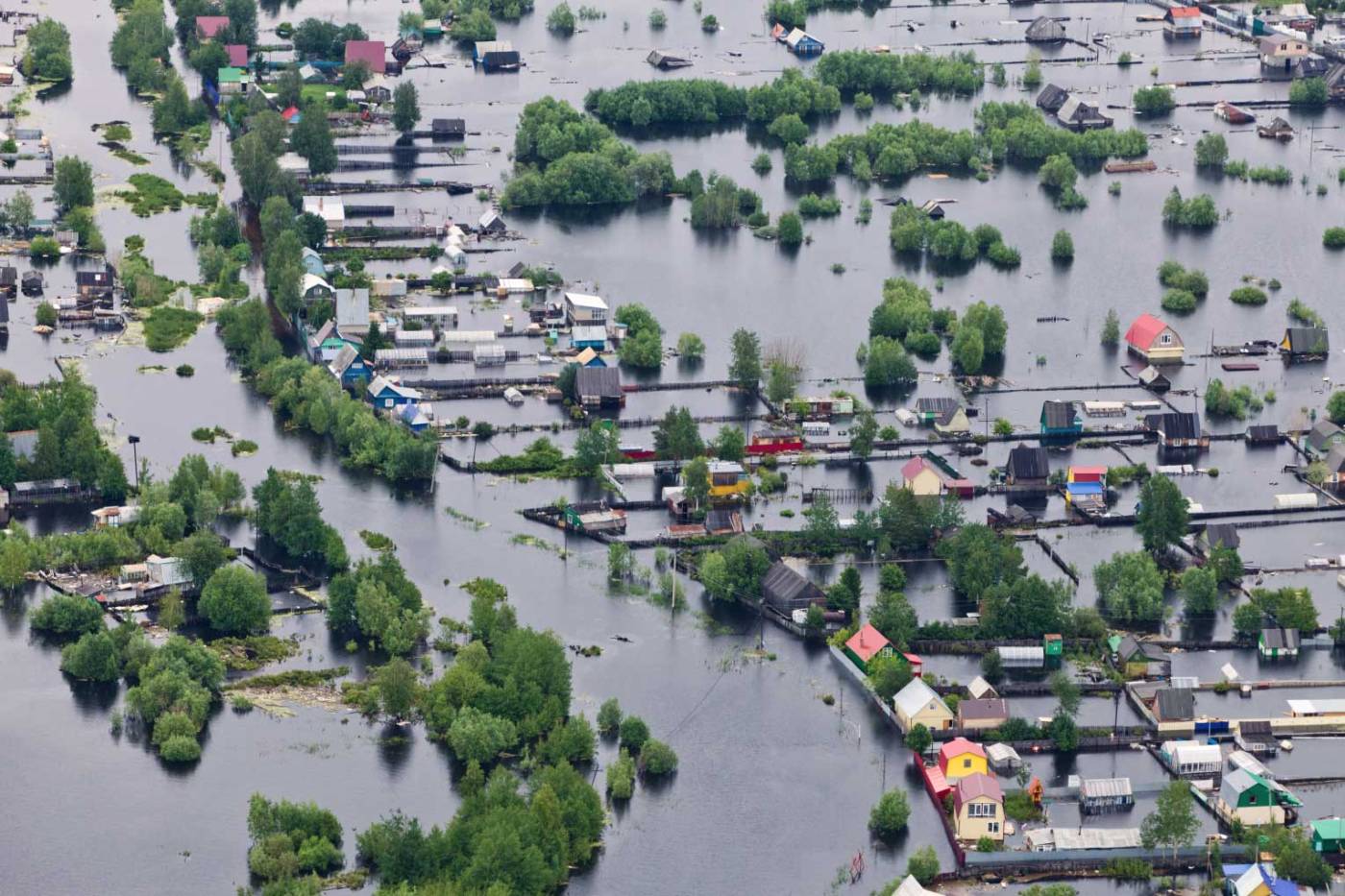You must have cookies enabled for the site to work properly.

Hurricane Aftermath – Recovering From The Storm
Wednesday June 2, 2021
South Carolina Hurricane Preparedness Week May 30 – June 5
The recovery process after a hurricane can be lengthy, ranging from returning home after an evacuation to assessing and reconstructing damage caused by the storm. Use these suggestions below to help you and your family get back on track.
Going Home After The Storm
If you were forced to evacuate, the first step in the aftermath is to listen to local news stations to determine when it is safe to return home. Return only when the storm has passed and local officials have given your neighborhood the green light.
Even after the storm has passed, keep an eye out for any additional rainfall or flooding in your area caused by the storm system's outer bands, storm surge or flooding from rivers and lakes. You may have a lot of work to do after you come home to get your house back in decent order. With these pointers in mind, make sure to prioritize safety:
- Keep a safe distance from dangling or unsecured electrical wires.
- Drinking or using tap water should be avoided unless you are certain it has not been contaminated.
- If the temperature in your refrigerator has climbed beyond 40° F for two hours or more, don't eat it's contents.
- Stay away from any structure that is surrounded by water.
- To avoid harm, wear protective clothes and be cautious when cleaning up.
- When you're outside, keep an eye out for dangling tree branches, building parts, and other sorts of debris.
- Avoid flooded roads and washed-out bridges by driving only when absolutely essential.
- For insurance purposes, take as many photos as possible of any damage to your home or property.
- If you do have to rebuild any part of your home, consider storm-proofing it for future tropical storms or hurricanes by installing hurricane shutters, a stronger roof, stronger garage doors, or trimming down surrounding trees that could topple over in high winds.
Rebuilding
It will take time to rebuild - both physically and mentally. Keep your spirits up by following these suggestions:
- Keep your short and long-term objectives in mind. If your roof has been damaged, for example, place a tarp over it first and then consider a long-term solution.
- Don't embark on greater rebuilding jobs than you know how to do safely.
- Consider seeking assistance or employ an expert to help recover and rebuild.
- Always prioritize safety.
- Don't start rebuilding before the storm has passed and don't be concerned if your local hardware shop is congested or out of supplies. Many of your neighbors are likely dealing with hurricane damage too.
- When recuperating from a storm, keep in mind that the process will take time, and if the damage is extensive, things like power restoration might take longer.
- During this tough time, remember to prioritize your own and your family's health.
- Emotional recovery takes time. If you or your family has lost something or someone, counseling may help you deal with your emotions.
ProPac Tarps
Up to code with FEMA tarp requirements, these emergency roof tarps are a vital necessity for victims of structural storm damage.
- Dimensions – 20’ x 25’
- Heavy Duty Thickness – 6 mil
- Color – Blue
- Includes two, 100’ ropes
- 75 cartons per pallet
Other size tarps include...
10' x 12'
10' x 20
20' x 20'
See ProPac Tarps Here
ProPac Flood Clean-Up Kit
ProPac “One Pail” Flood Cleanup Kit is Easy to Ship, Distribute & Use
Kit Contents
- 1 – 5 Gallon Pail w/Lid
- 10 – 55 Gallon Trash Bags
- 2 – Pair Rubber Gloves
- 1 – Pair Leather Palm Work Gloves
- 1 – 1qt Bottle for All Purpose Cleaner
- 2 – Cellulose Sponges
- 1 – 7” Scrub Brush
- 1 – 20 oz. Cotton Mop Head
- 1 – 9” Angular Broom Head
- 1 – 14” Push Broom Head
- 2 – 54” Telescoping Handles
- 1 – 14” Squeegee Attachment
- 1 – N95 Respirator Mask
See ProPac Flood Clean-Up Kit Here